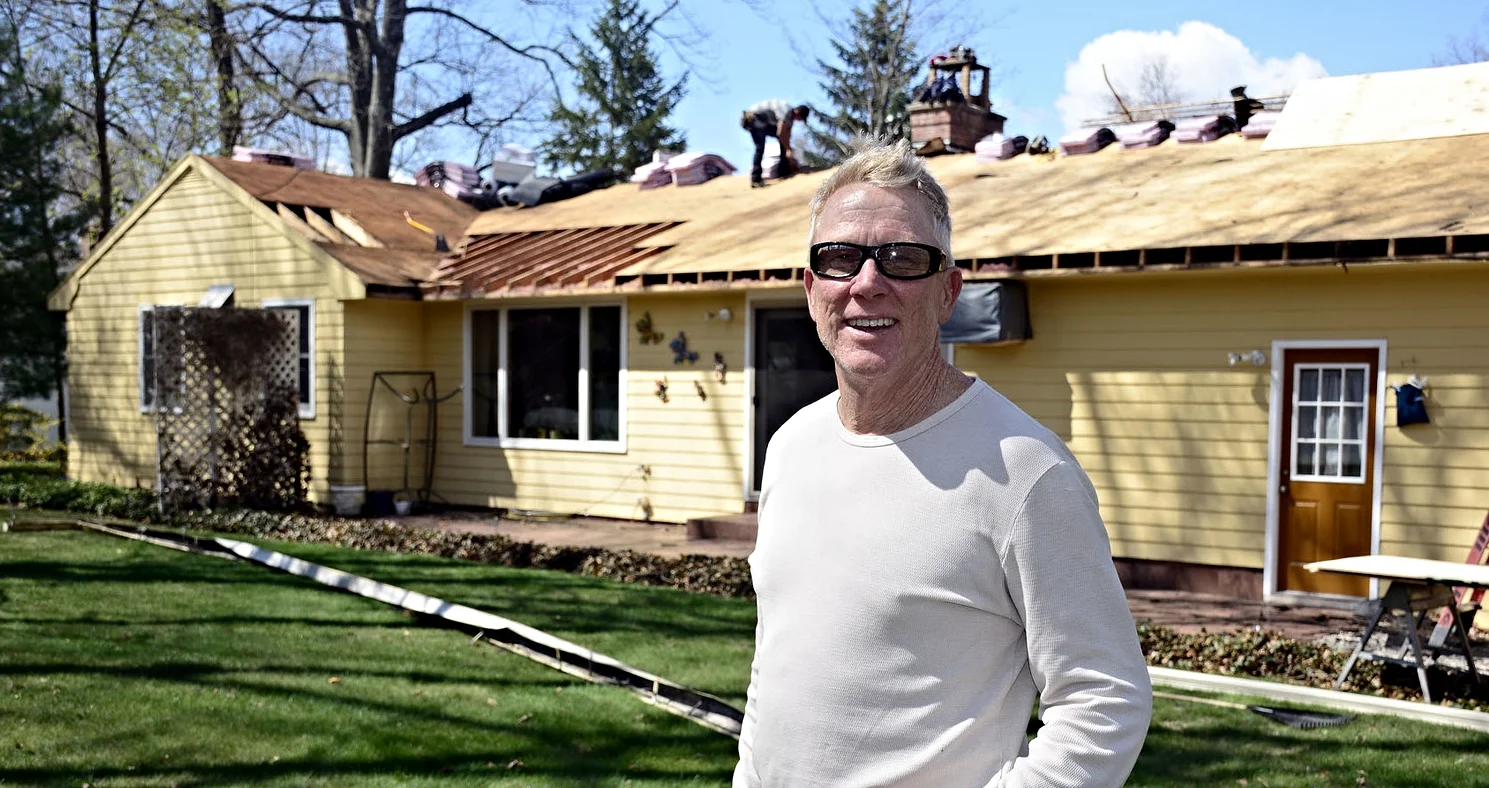Don’t Let a Poor Installation Void Your Roof Warranty
Chelsea O'Donnell
If you’re like me, you’ve been keeping an eye on the situation in eastern Connecticut where over 30,000 homeowners are dealing with cracking and crumbling foundations. It pains me to see people wrestling with insurance companies and pleading with government agencies for assistance, all while worrying if they’re safe sleeping in their own home at night.
When it comes to building or remodeling a house, two of the things many homeowners rightly need to worry about are defective products and improper installations. After 40 years of being in business, I know all too well how a job that's incorrectly done can cause a homeowner time, money, and headaches that could have easily been avoided if the job had been done right in the first place
About one-quarter of the jobs I get called to today are to inspect a roof that has been installed incorrectly by someone else. A homeowner will call me up wondering why their brand new roof is leaking, or why there is mold growing in their attic, and I have to give them bad news. Not only was the job done wrong, but their product warranty is also void.
Choosing to get a new roof can be a nerve-wracking process, but even more so if poor installation ends up leaving you with a useless warranty and a massive out-of-pocket expense. Most roofing manufacturers offer a 30-year warranty on their products, but that peace of mind is only good if the installer takes the correct measures to properly ventilate the attic. Without that ventilation, you can kiss your warranty goodbye.
Ventilating a home enables good air to get in and bad air to get out. A ventilation system is comprised of 50 percent intake and 50 percent exhaust, whereby air can get pulled in under the eaves of a home and can escape at or near the peak of the roof, ensuring there is constant circulation and no threat of moisture buildup or too much heat.
If moisture builds up in the attic, mold spores will begin to grow. Excess heat will feed that mold, enabling it to colonize and infiltrate the insulation and wood in your attic. In the winter, moisture can become frost, which will melt as the air warms, causing “rain” to seep down into your walls and ceiling. If you think these issues sound rare, they’re not. Only 10 percent of homes are properly ventilated, which is partially due to poor education on the importance of ventilating a home, and partially due to “cutting corners” during the installation process.
Sometimes, when dealing with a faulty product like those folks in eastern Connecticut, there is very little a homeowner can do. But if you’re in the market for the big remodeling job, you as the homeowner can always ask questions, do your research and understand the steps necessary to ensure that your roof, siding, or other home improvement job is being done correctly. For us pros, an educated homeowner is the best kind of customer.
Bob O’Donnell is the owner of O’Donnell Bros. Inc., a Bristol-based home improvement company established in 1975. Email your questions to info@odonnellbros.com with the subject line “Ask the Pro.” All questions may be considered for publication. To contact Bob for your remodeling needs, call O’Donnell Bros. Inc. at (860) 589-5155 or visit http://www.odonnellbros.com. Advice is for guidance only.
